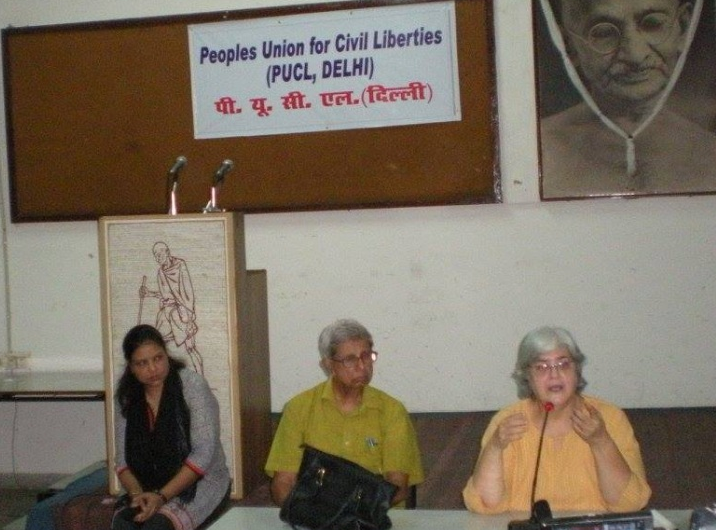How the Malimath Committee Denied Women Their Rights?
Section 498A IPC was inserted in the Indian Penal Code in 1983 and provides to protect women from cruelty in their matrimonial homes. The Malimath Committee Report (2003), twenty years after the
enactment of Section 498A, noted,
“In a less tolerant, impulsive woman may lodge an FIR even on a trivial act. The result is that the
husband and his family may be immediately arrested and there may be a
suspension or loss of job. The offence alleged being non-bailable, innocent
persons languish in custody. There may be a claim for maintenance adding fuel
to the fire if the husband cannot pay. She may change her mind and get into the
mood to forget and forgive. The husband may realize the mistakes committed and
come forward to turn a new leaf for a loving and cordial relationship. The
woman may like to seek reconciliation. But this may not be possible due to the
legal obstacles. Even if she wishes to make amends by withdrawing the
complaint, she cannot do so as the offence is non-compoundable. The doors for
returning to family life stand closed. She is thus left at the mercy of her
natal family…This section, therefore, helps neither the wife nor the husband.
The offence is non-bailable and non-compoundable making an innocent person
undergo stigmatization and hardship. Heartless provisions that make the offence
non-bailable and non-compoundable operate against reconciliations. It is, therefore, necessary to make this offence (a) bailable and (b) compoundable to
give a chance to the spouses to come together” (p. 191).
The
Committee, while making such observations, expressed its apprehensions about the
ability of the criminal justice system to provide justice. However, the
committee has failed to recognize that
First,
cruelty under 498A is listed as a cognizable, non-bailable, and non-compoundable
crime and has to be dealt with accordingly. The criminal justice system, while
dealing with each case, is expected to take abundant precautions in
ascertaining the guilt of the accused person; therefore, to suggest that this
offence be diluted implies distrusting the judiciary and labelling the trial
courts as inefficient to effectively adjudicate the culpability of the parties.
Second,
the context of the relationship between the perpetrator and the victim does not
make domestic violence a lesser crime. Rather, the severity of the crime is
adverse in situations where the batterer is in the position to exert financial,
emotional, and social control over the victim because of the relationship, and
the victim is financially dependent on the perpetrator.
Third,
salvaging a violent marriage is not a viable option when a man is abusive, as
he destroys the family through his violent actions. Families cannot be built on
the edifice of bruised and battered bodies or scarred minds.
Fourth,
the bitterness in a relationship already starts once a wife is being abused;
therefore, suggestions should have focused on altering the men’s violent
behaviour.
Fifth,
the policemen are not overzealous in arresting the accused. Rather, studies have
shown that women undergo hassles in filing the FIR. Also, at every step of the trial,
mediation is enforced vehemently to compel women to reconcile.
Sixth,
making the offence compoundable will not serve the purpose, as neither will it deter the perpetrator nor will it help to salvage the relationship. Experiences
show that violence escalates in situations when women are pushed back into abusive
situations without the guarantee of safety.
Last,
the committee has failed to raise concerns relating to provisions of shelter
homes, medical, or legal aid, or other facilities for the battered women, as its
only apprehension was to save the family. This indicates its biased approach.
Despite its pitfalls, this erroneous approach sets precedents, is being repeated
multiple times, and has major implications for diluting the procedures and
provisions relating to criminal law. Over the years, the state has followed
the recommendations blindly without testing the validity of claims or referring
to the existing research to suggest changes.
For more details, please see my book
Domestic Violence Law in India: Myth and Misogyny (2021), Routledge
Labels: abusive men, crime against women, criminal law, domestic violence law, FIR, India, Malimath Committee, patriarchy, violence in marriage, Women's rights




















